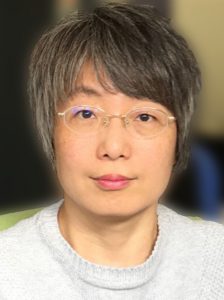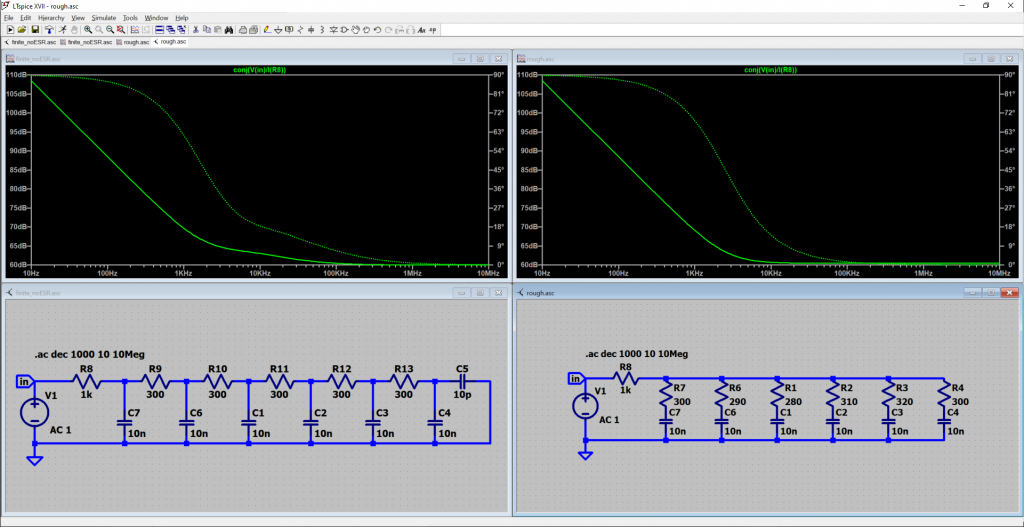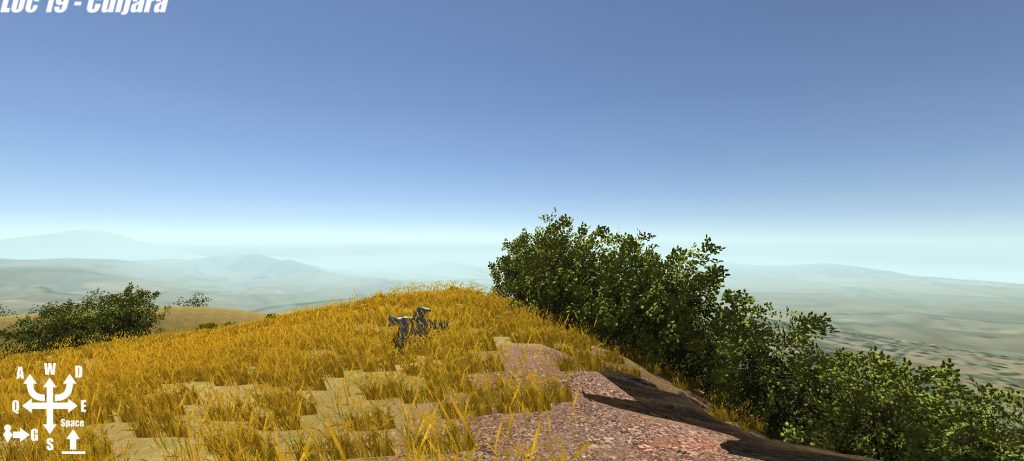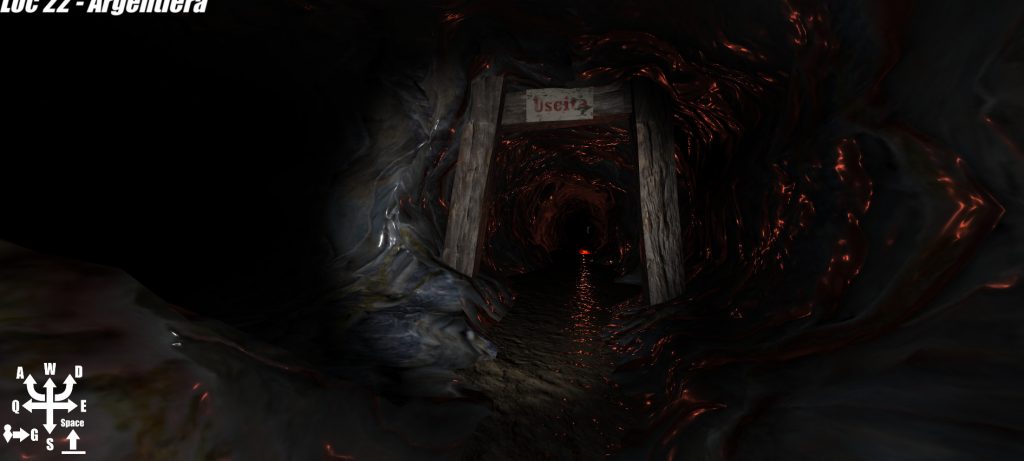Hywel Jones and Ollie Inglis, Digital Learning Specialists in the Ed Tech team
Just a few weeks into the first national lockdown, we began our roles as Digital Learning Specialists, joining an Ed Tech team responding to the global pandemic and its disruptive effects on teaching. Fortunately, our team had a great work ethic, so we could begin creating compelling and innovative learning resources right away, even whilst working remotely.
Despite the challenges of the Covid-19 pandemic, the change of routine has bought several advantages to our work in education technology. We have seen a shift in perspective towards video and digital media in the Faculty of Engineering. The use of video began as a necessity due to students working from home around the globe. More than ever, we are seeing staff embracing the potentialities of video and animation in their modules. Digital media has evolved into a format we consistently utilise to create rich and engaging learning experiences.
In the first lockdown in March 2020, faculty members needed a way to continue lab classes in the coming autumn term. The Ed Tech team were able to help as we have skills in video production, animation, and H5P. Appreciating that academics have a busy work schedule, we quickly developed a video workshop for academic staff, which outlined what we could offer in video production, animation, and H5P, along with a production process that should take up minimal academic time. We only require the academic to script, be available for filming, and give a final QA on the video we produce.
During video production, we struck up great working relationships with the academics. They trusted our expertise in filming, and we let them direct us in terms of capturing the experiments. Building this relationship has been hugely beneficial to our team. In addition, we have found that the engagement and demand have continued either through word of mouth or by the same academics returning for additional video content.
One of the great benefits of working in higher education has been the ability to continue our essential work filming on campus. When on-site, we’d follow the social distancing and safety measures put in place by the college, which was reassuring. It has provided a welcome break from working at home, allowing us to meet with our academic colleagues.
From our conversations with staff that we’ve worked with on the success of the videos, the responses have been overwhelmingly positive. They have shared that their students have enjoyed the videos too, with some saying they preferred them as they got to see more of the experiment. Staff are also seeing other uses for the videos that they didn’t expect e.g. giving prospective students a flavour of the course or even using the videos as part of an online course.
We are now seeing a shift in more staff wanting to realise the benefits of video in a post-covid world:
- Video can become a useful revision material.
- Video can complement face to face teaching activities (e.g. lab demonstrations.)
- Video can be used in pre-sessional resources.
During the summer, we successfully held 19 workshops with over 40 attendees. For the autumn 20/21 term, we promptly delivered over 80 pieces of video across four departments. We are now filming and editing work for autumn 21/22 and can help academic staff in Engineering to create high quality educational digital content.
If you have an idea or would like to chat with us to learn more about what we do, please contact us. Our SharePoint page has guidance on video production.
Watch our promotional video:
 Miki Sun
Miki Sun Joe Driscoll
Joe Driscoll









